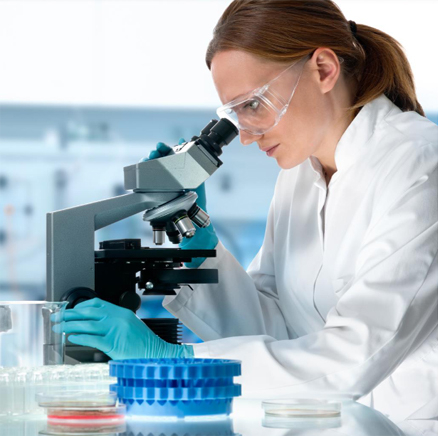site analisis
When a child doesn’t have banked stem cells, be sick and stem cells are needed, a brother or sister is the best chance to find stem cells suitable for transplantation. Stem cells from siblings are better matched in comparison with non related stem cells. Only in the case that no brothers or sisters exist the public bank take over to find a histocompatible non related graft. According to a study that was published on 1997, by Gluckman et al in New England Journal of Medicine, 337(6):373-38 , the survival of a patient who took related stem cells from the family for leukemia treatment was 63%, compare to 23% for those who were treated with unrelated stem cells.
Allogeneic transplantation has high risk of graft vs host disease, because of low histocompatibilty, even in the cases of laboratory matched grafts. For this reason, to avoid rejection of the graft, the patients take constantly immunosuppressant drugs with many side effects. The main advantages of use a related graft from the family is that the family knows the medical records, in the case of heredity or virus contamination that are checked more safely in the family. The most important is that the cord blood stem cells have better engrafted and low risk of rejection, because of the young age, so the HLA system has not be completed. Bone marrow on the opposite is more prone to rejection, even in the case of fully matched grafts because of their age.
The donation of a child’s stem cells from the parents maybe is an altruistic action to the society, but without child’s permission. On the other hand the child can donate its cells when it grows up and decided to donate to a relative or to the society. And this is another way for somebody to find a graft when he needs.
The parents donate their child’s stem cells, but in the case they ask from a public bank, even in the case they had donated in the past, the bank will charge them with 20000-30000 E per graft and no refunds in the case of rejection. This is an international policy. No matter of money, but the urgent to find a graft is the most important.
The time that one graft can be found by a public bank is not predicted and depends on the HLA type. The time is running against the patient and over 30% of the even matched allogeneic grafts are rejected by the immune system of the patient, because they are far away from the patient’s genome.
For all these reasons private banking is valuable for the whole family. The blood donation is different than the stem cell donation, because the blood replaced everyday, instead of stem cells that we can select just once and for lifetime.

